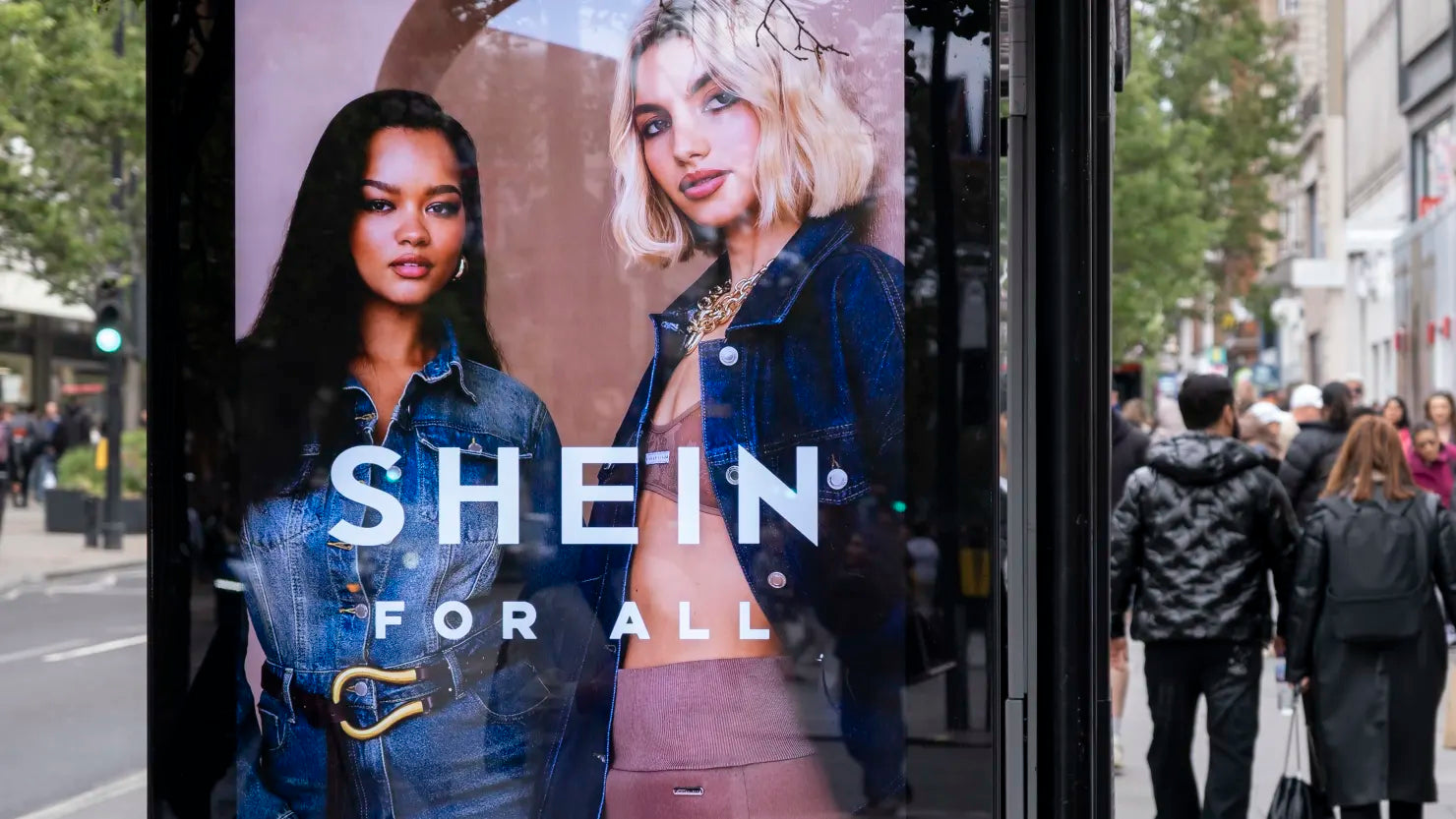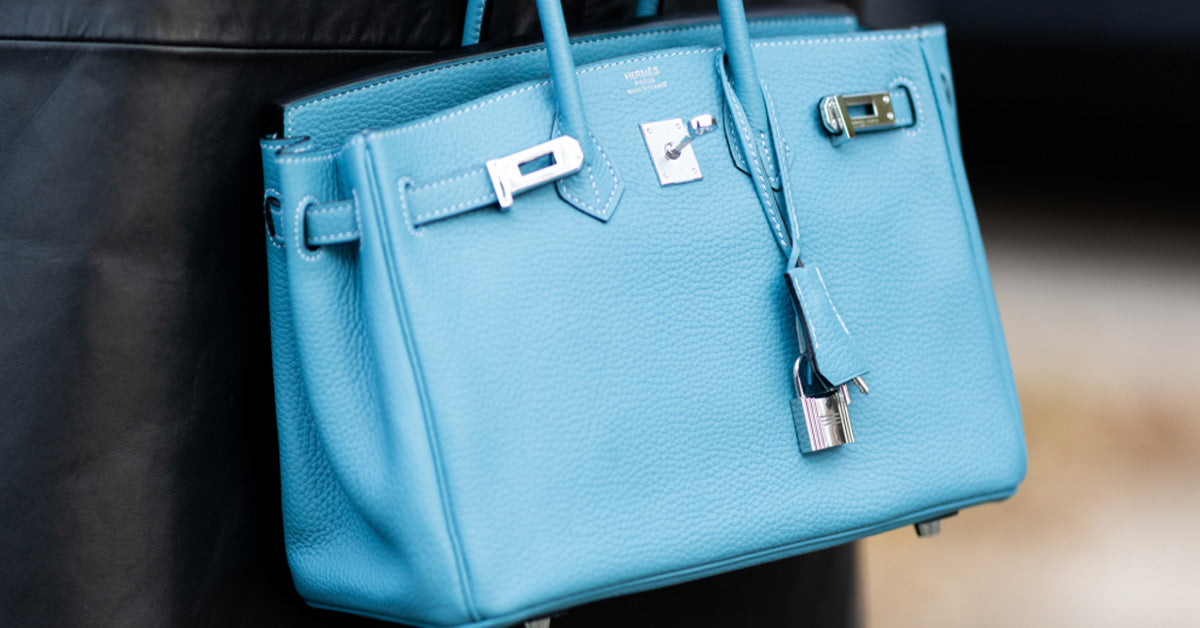Introduction: The IPO That Won’t Land
In a striking turn of events, Shein—once heralded as the fast-fashion disruptor of the digital era—finds itself navigating an increasingly treacherous path toward a long-awaited initial public offering. The company’s ambitions to go public, which once seemed inevitable, have instead become a high-stakes international saga, entangled in regulatory setbacks and swirling controversies. As Shein pivots from New York to London and now, possibly, to Hong Kong, the unfolding drama signals not just the company’s mounting troubles but also the new era of scrutiny enveloping global fast-fashion players.
Shein’s Global IPO Pursuit: From Wall Street Dreams to London Setbacks
Shein’s journey toward a public debut has been anything but linear. The company originally set its sights on the United States, a market that has long celebrated the meteoric rise of tech-enabled retail disruptors. However, political headwinds in Washington and mounting calls for transparency around Shein’s Chinese operations quickly transformed opportunity into obstacle.
In early 2024, Shein recalibrated its strategy, shifting focus across the Atlantic. The London Stock Exchange, with its reputation as a cosmopolitan hub for global capital, appeared poised to offer Shein the launchpad it desperately sought. The UK’s Financial Conduct Authority even granted regulatory approval—a rare and significant nod for a company of Shein’s scale and complexity.
Yet, success in London proved elusive. The crucial final step—a green light from the China Securities Regulatory Commission (CSRC)—remained out of reach. According to sources close to the process, Shein encountered an “unforeseen delay and limited communication” after formally notifying the CSRC of its intentions. The IPO process was effectively stalled, leaving Shein’s future in limbo and highlighting the immense influence of regulatory gatekeepers in both China and abroad.
Regulatory Minefields and Political Pushback
Shein’s troubles are not merely procedural; they are deeply political. The company’s global expansion has unfolded against a backdrop of intensifying scrutiny regarding the intersection of commerce, ethics, and geopolitics. In the United States, skepticism over Shein’s Chinese operations has coalesced into outright political resistance. Lawmakers and regulators have demanded unprecedented transparency, citing concerns over data privacy, supply chain integrity, and market dominance.
This regulatory vigilance is not confined to America. In the UK, despite initial enthusiasm, market authorities and fashion industry leaders have grown increasingly wary. The London IPO stall is emblematic of a broader unease—one that signals a shift in how fast-fashion behemoths are perceived and policed on the global stage.
Xinjiang Cotton: The Scandal Shadowing Shein
Complicating matters further are long-standing allegations that Shein’s supply chain includes cotton sourced from China’s Xinjiang region. This area has become a flashpoint for international concern, as reports persist of widespread forced labor and human rights abuses.
For Shein, the specter of Xinjiang is more than reputational risk—it is a regulatory red flag. NGOs, advocacy groups, and industry watchdogs in both the US and UK have amplified calls for accountability, putting further pressure on market authorities to scrutinize any prospective listing from the fast-fashion titan. The result is a convergence of ethical, political, and financial challenges that threaten to upend Shein’s carefully crafted image as an agile, borderless brand.
- Forced labor allegations: Persistent concerns over Xinjiang cotton have become a focal point for regulators and activists alike.
- Supply chain transparency: Demands for greater disclosure have placed Shein under an unprecedented microscope.
- Ethical branding: The company’s rapid growth is increasingly weighed against its social and environmental footprint.
The Pivot to Hong Kong: Last Refuge or New Opportunity?
With doors closing in the US and UK, Shein’s gaze has now shifted eastward. Reports indicate that the company is preparing to file a draft prospectus with the Hong Kong stock exchange in the coming weeks, seeking to go public before the year’s end. For Shein, Hong Kong represents both a strategic necessity and a potential lifeline—an international financial center with deep ties to mainland China, yet still capable of attracting global capital.
But even this move is fraught with uncertainty. Hong Kong’s regulatory environment, while perhaps more familiar terrain for a Chinese-founded company, is itself in flux amid broader geopolitical tensions. Moreover, the city’s financial authorities are no strangers to the international debates swirling around supply chain ethics and corporate transparency.
Shein’s shifting IPO strategy is thus emblematic of a larger story: the growing complexity—and inherent risk—facing fast-fashion companies as they navigate not only consumer tastes, but also the unpredictable tides of international politics and regulation.
Fast Fashion Under the Microscope: Lessons from Shein’s Ordeal
Shein’s embattled IPO journey is more than a tale of corporate ambition thwarted by bureaucracy. It offers a powerful lens through which to view the evolving relationship between fashion, finance, and global governance. The era when fast-fashion brands could expand unchecked, buoyed by the promise of digital disruption and global supply chains, appears to be drawing to a close.
The scrutiny facing Shein is not isolated. Across the industry, rising consumer activism, regulatory intervention, and ESG (Environmental, Social, and Governance) expectations are reshaping the landscape. The company’s setbacks serve as a cautionary tale—and a call to action—for industry leaders grappling with the demands of transparency, accountability, and ethical stewardship.
- Regulatory barriers are now a defining feature of global IPOs in the fast-fashion sector.
- Supply chain ethics are not merely a PR concern, but a fundamental business risk.
- Market authorities are increasingly willing to flex their power in the face of public and political pressure.
Conclusion: The Uncertain Road Ahead
As Shein prepares for yet another attempt at a public debut—this time in Hong Kong—the world is watching closely. The company’s experience underscores a profound shift in global expectations: agility and innovation are no longer enough. In the new era of fashion, the ability to navigate regulatory complexity, demonstrate ethical integrity, and maintain operational transparency will determine not just who thrives, but who survives.
Whether Shein’s IPO odyssey ends in triumph or turmoil remains to be seen. What is certain, however, is that the fast-fashion giant’s struggles have catalyzed a broader reckoning—one that will shape the future of the industry for years to come.











